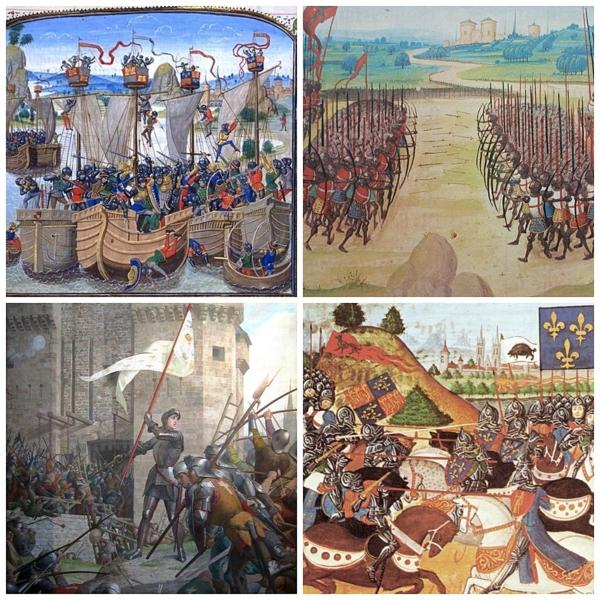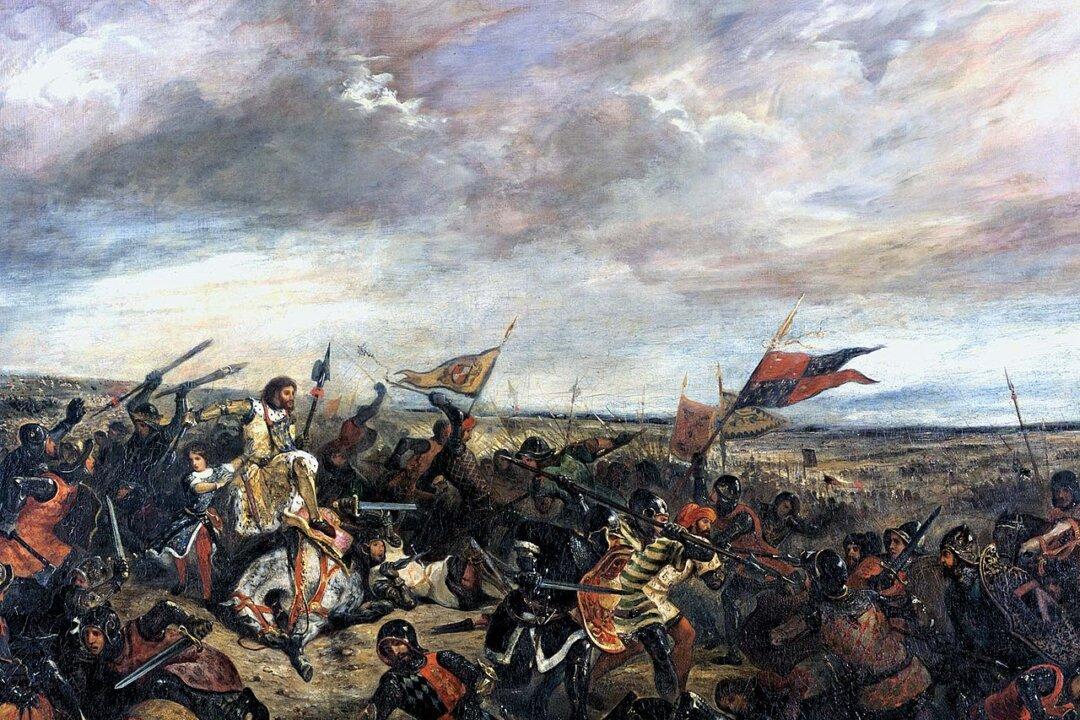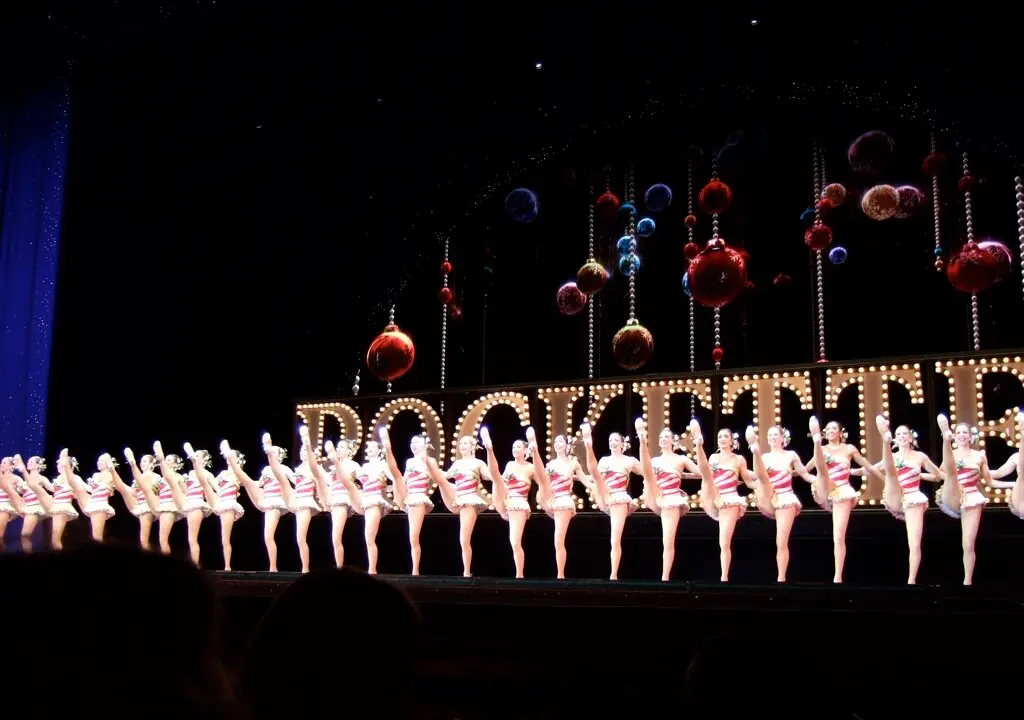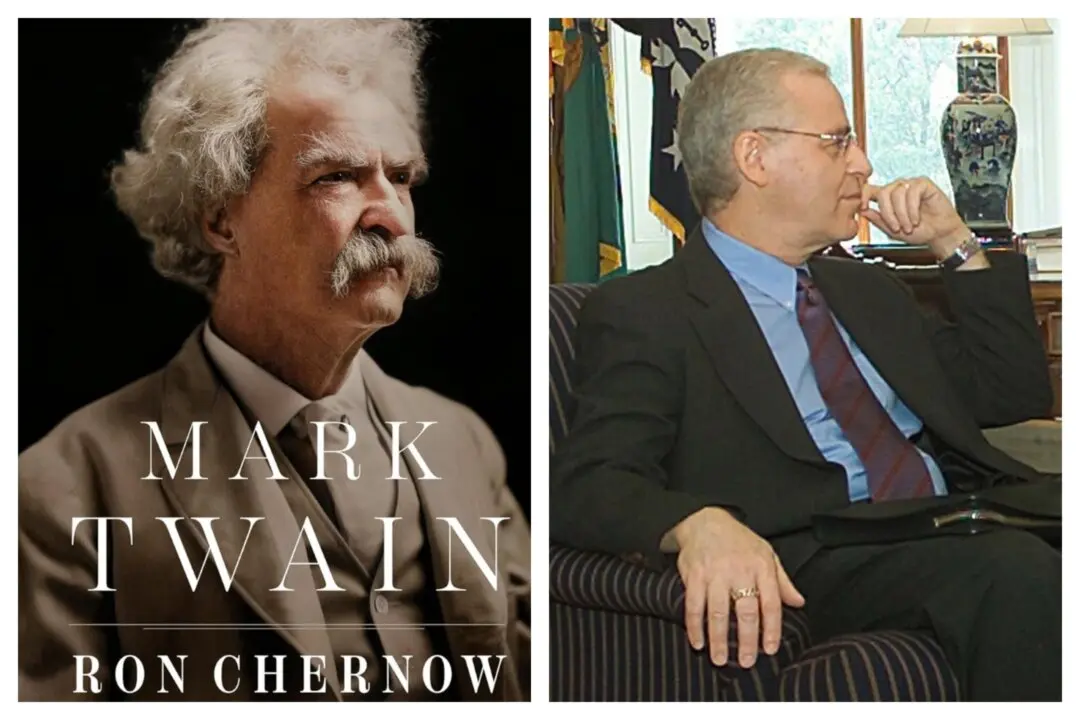The Hundred Years’ War was a period in European history that can take a near lifetime to fully understand. Spanning more than a century (116 years to be exact), the battle between England and France seems a work of fiction with its kings, knights, and epic battles, like Crécy and Agincourt. Indeed, many of William Shakespeare’s great works were based on this time period. For those wishing for a briefer version of the Hundred Years’ War narrative, Anne Curry, the former president of the Historical Association in London and Emeritus Professor of Medieval History at the University of Southampton, has provided a wonderful piece entitled “The Hundred Years War: 1337–1453.”

Collage of paintings representing battles of the Hundred Years' War. Clockwise, from top left: La Rochelle, Agincourt, Patay, Orléans. Blaue Max/CC BY-SA 4.0






